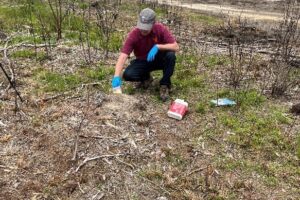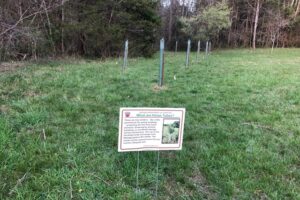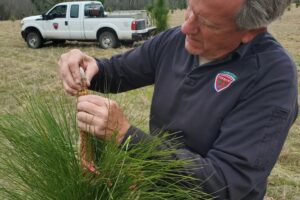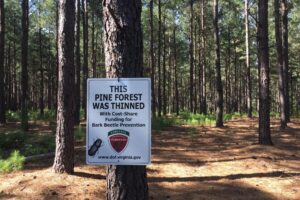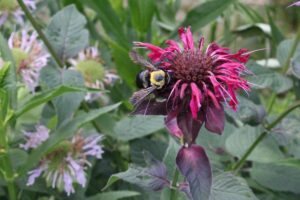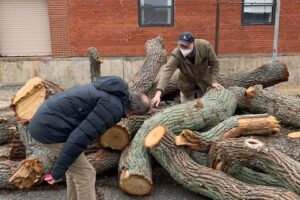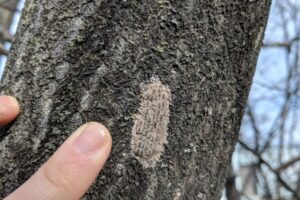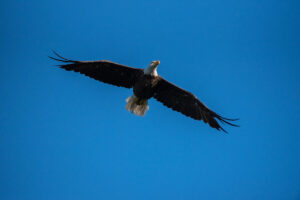Sounding the Fire (Ant) Alarm!
May 26, 2022 - By Katlin Dewitt, DOF Forest Health Specialist Can a fire alarm alert you to an invasive insect? Technically, no, but it seems an appropriate way to raise awareness about the red imported fire ant! The red imported fire ant (RIFA) is native to central South America and was first detected in either Alabama or Florida between 1933 and 1945. In Virginia, this species was first detected in 1989, and so... Read More

